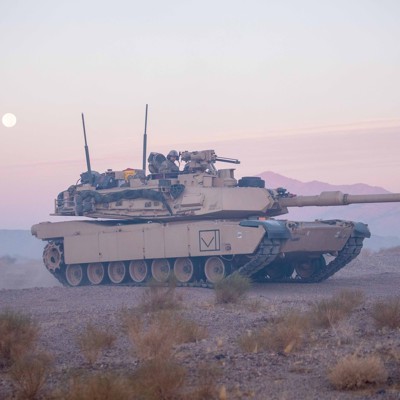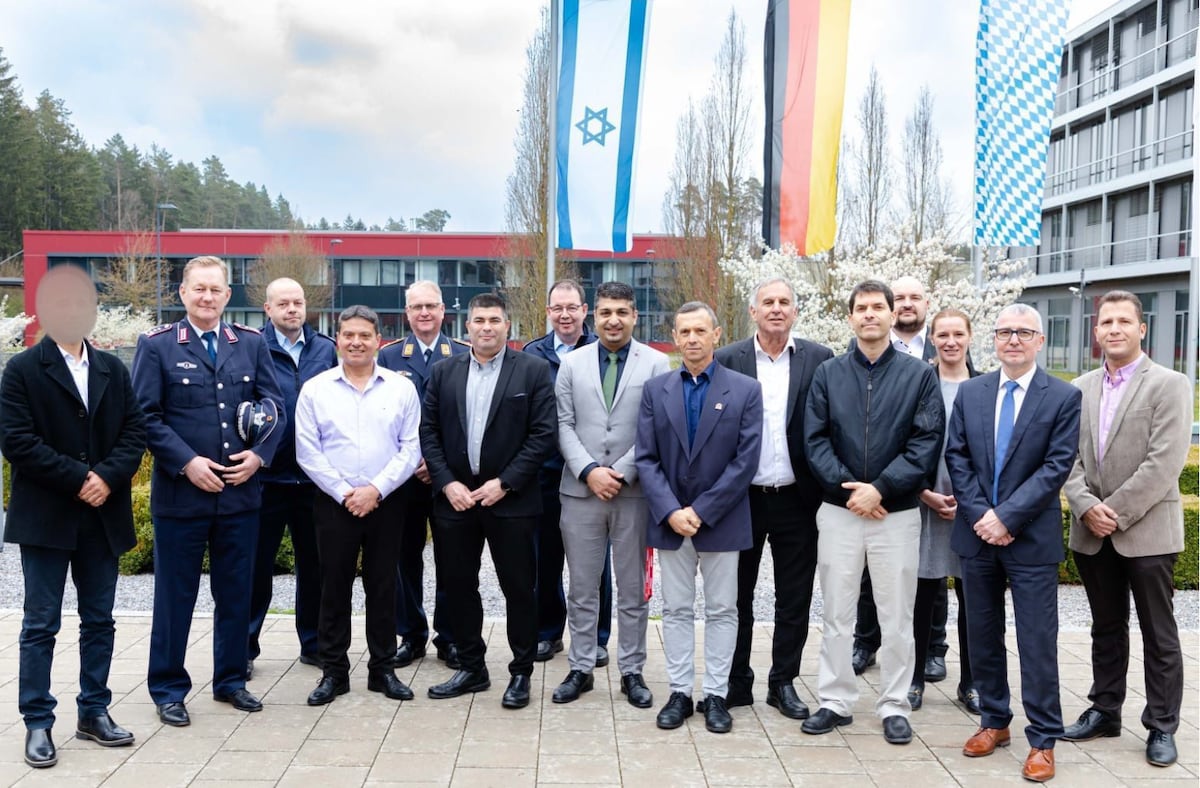It’s been about 30 years since the Army welded a new Abrams tank, and it was going to be 10 more years until they built a new one, as the service sat down to hammer out the requirements for the combat vehicle’s next generation.
But when the Army awarded the M1E3 contract to General Dynamics last year, the service’s acquisitions leaders said that wasn’t good enough.
“That just isn’t going to cut it,” Danny Deep, the company’s executive vice president for global operations, told an audience Wednesday at the AUSA annual meeting in Washington, D.C. “The requirements are going to change 100 times between now and then.”
Rather than pick out every single communications system and sensor that would go into the next Abrams for the rest of its service life, the Army is opting for an open system that will allow new software to be plugged in as needed.
“The world changed,” Deep said. “We make some big decisions on the key subsystems, but even those subsystems were not locked in for the next 30 or 40 years, and we create a truly modular, next-generation, lighter, more lethal, more integrated platform that is going to change.”
It’s on track to be fielded next year, he added, so soldiers can try it out and give their feedback.
“And then, in short order after that, we’re going to start delivering this capability in the next two to three years, as opposed to the next 10,” he said.
The M1E3 is one of the key examples of the Army’s current push to transform how it acquires new systems—a stark contrast to the M10 Booker light tank it canceled earlier this year, after it became a requirements boondoggle.
“So I think this whole world of requirements is born not out of, not only out of trying to
predict the future, which is impossible, but it’s also trying to keep the system out of trouble from a protest standpoint,” Deep said. “And we just got to get past that.”
The infantry squad vehicle has also been developed with modularity in mind, said Pete Johnson, General Motors’ vice president of integrated vehicles.
“We’ve tried to maximize the ways in which you can modularly add on mission equipment,” Johnson said, by pre-drilling holes throughout the ISV-Utility variant through bolt-on positions in anticipation of new techthe vehicles will get in the future.
Regardless of what kind of system it is, there will be options to easily mount it to the vehicles.
At the same time, said Army Chief of Staff Gen. Randy George, the service is reviewing thousands of requirements in its current acquisitions programs to make sure they’re all still relevant.
“And how do we simplify that process?” he said. “So we want your feedback on those kinds of things as well, to make sure that we’re continuing to move in that direction.”
Read the full article here








Leave a Reply